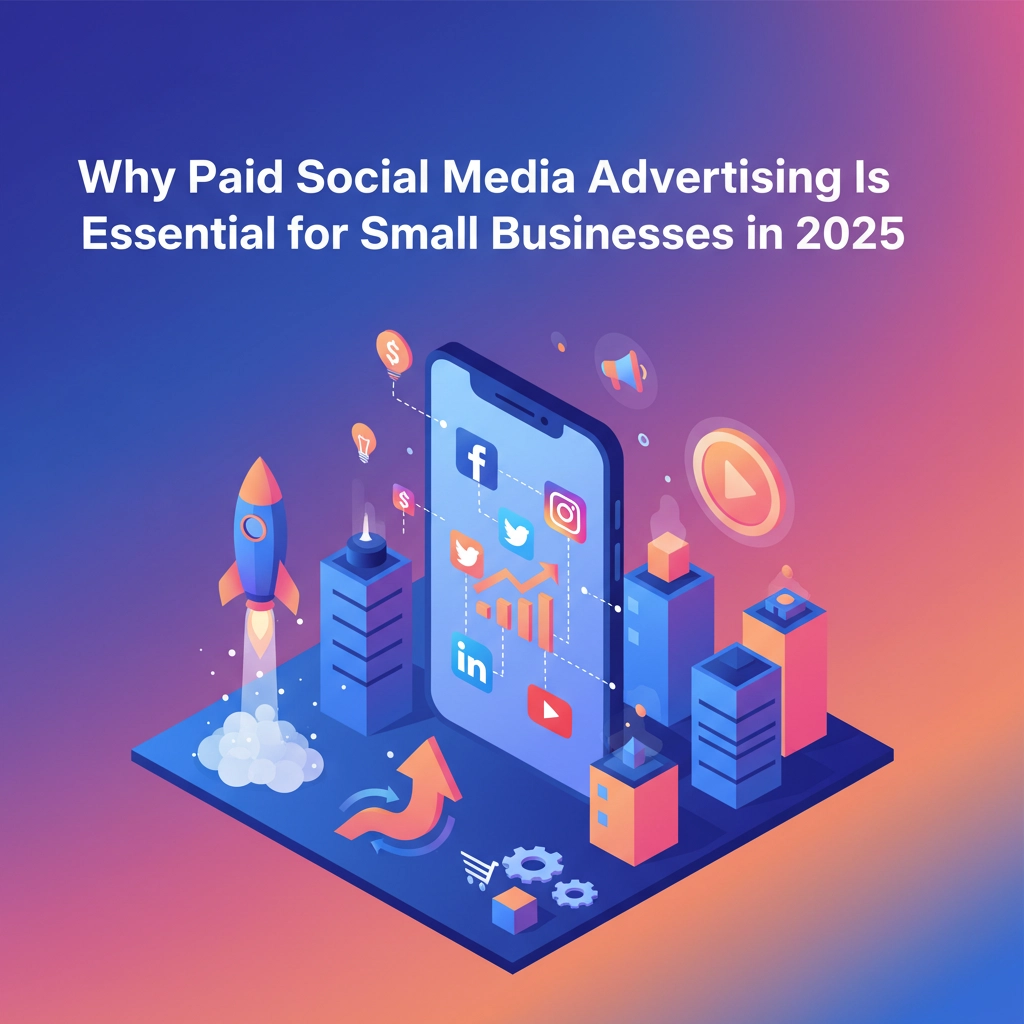
The digital marketing landscape has fundamentally shifted, and small businesses that haven’t adapted to paid social media advertising are falling behind fast. Gone are the days when posting organic content could reliably drive meaningful business results. In 2025, paid social advertising isn’t just an option: it’s a necessity for survival and growth.
If you’re still relying solely on organic social media posts, hoping they’ll magically reach your target audience, you’re essentially playing the lottery with your marketing budget. The platforms have changed the rules, and businesses that understand this new reality are already capturing market share while others struggle with declining visibility.
The Organic Reach Crisis That’s Killing Small Businesses
The harsh reality is that organic social media reach has collapsed to unprecedented lows. Facebook’s organic reach now averages just 2.6%, while Instagram sits at approximately 4%: and these numbers continue declining. This means that out of every 1,000 people following your business page, fewer than 40 will actually see your posts.
This dramatic decline isn’t accidental. Social media platforms have deliberately transformed into advertising businesses, prioritizing paid content through algorithmic changes designed to maximize revenue. The sheer volume of content users encounter daily, combined with sophisticated algorithms, makes it nearly impossible for unpaid posts to achieve meaningful visibility.
The bottom line: If you’re not paying for reach, you’re not reaching your audience.
For small businesses, this reality makes organic-only strategies obsolete. The businesses thriving in 2025 understand that consistent visibility requires investment in paid promotion. Those still waiting for organic magic to happen are watching competitors capture their potential customers.
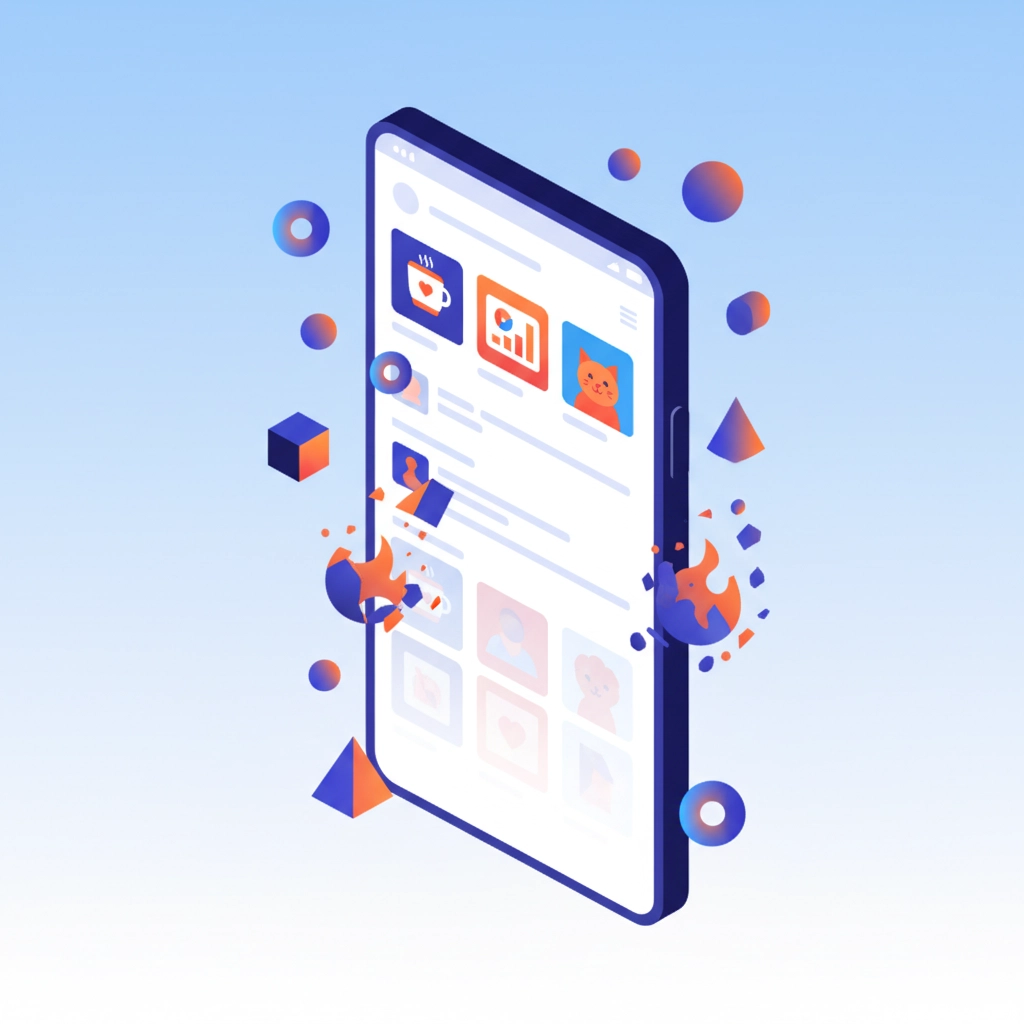
Precision Targeting: Your Competitive Advantage
Paid social advertising offers small businesses something unprecedented: the ability to reach exactly the right customers at exactly the right time. Unlike traditional advertising that broadcasts broadly and hopes for the best, social media platforms provide targeting capabilities that were once available only to major corporations with massive research budgets.
You can target potential customers based on:
- Demographics: Age, gender, income level, education, job titles
- Geographic location: From broad regions down to specific zip codes or radius targeting
- Interests and behaviors: Hobbies, purchase patterns, website visits, app usage
- Life events: Recent moves, job changes, birthdays, anniversaries
- Custom audiences: Website visitors, email subscribers, past customers
A local bakery can target coffee enthusiasts within a five-mile radius during morning commute hours. A fitness coach can reach people interested in weight loss who’ve recently joined gyms. This precision eliminates wasted ad spend and connects businesses with customers who actually want their products or services.
Budget-Friendly Entry Point That Scales With Success
Unlike traditional advertising that demands significant upfront investments, paid social advertising operates on a fundamentally different model. You can start with daily budgets as low as $5 and scale up based on proven results.
This flexible approach removes the gambling aspect from advertising decisions. A small restaurant can test Facebook ads for less than the cost of a single newspaper ad, then increase spending only when campaigns prove profitable. Poor-performing ads can be paused instantly, while successful campaigns receive increased budgets based on real performance data.
Key budget benefits include:
- No minimum spend requirements
- Real-time budget adjustments
- Pay only for results (clicks, impressions, conversions)
- AI-powered optimization tools that maximize efficiency
- Complete spending control and transparency
This democratization of effective advertising means small businesses can compete directly with larger competitors using the same powerful tools and targeting options.
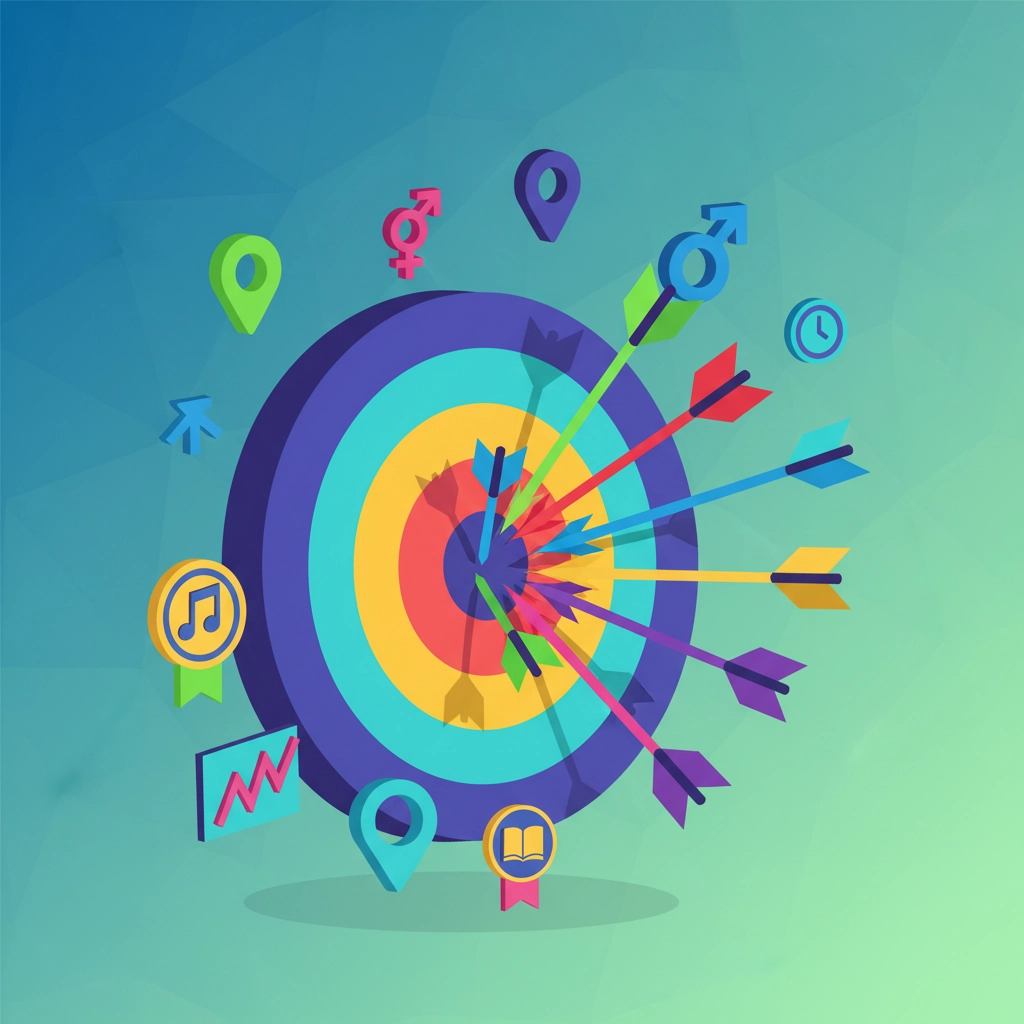
Immediate Results and Measurable ROI
Paid social media advertising generates real-time performance data, standing in stark contrast to organic strategies or traditional SEO approaches that take months to show results. Campaigns go live within hours, and performance metrics start flowing immediately.
You’ll see exactly how many people viewed your ads, clicked through to your website, and completed purchases. This transparency transforms advertising from guesswork into data-driven decision making. You can identify which ad creatives resonate with your audience, which demographics convert best, and which times of day generate optimal results.
This real-time feedback enables continuous campaign refinement. Instead of waiting months to determine if marketing efforts are working, you can optimize campaigns daily based on concrete performance data. The ability to track every dollar spent and measure direct business impact provides accountability that traditional advertising methods simply cannot match.
Building Brand Awareness That Drives Recognition
New businesses and those entering competitive markets face a critical challenge: potential customers don’t know they exist. Consistent paid advertising campaigns build brand awareness systematically, showing your message to potential customers repeatedly until recognition develops.
This repetition proves especially valuable when competing against established brands. A new coffee shop competing against national chains needs multiple touchpoints before customers consider trying something different. Paid ads provide these touchpoints affordably and consistently, building familiarity that translates into trial purchases.
Video advertising on platforms like TikTok, Instagram Reels, and Facebook proves particularly effective for capturing attention and driving brand awareness. Short, engaging video content can reach millions of potential customers with compelling, visually captivating messages that stick in viewers’ minds.
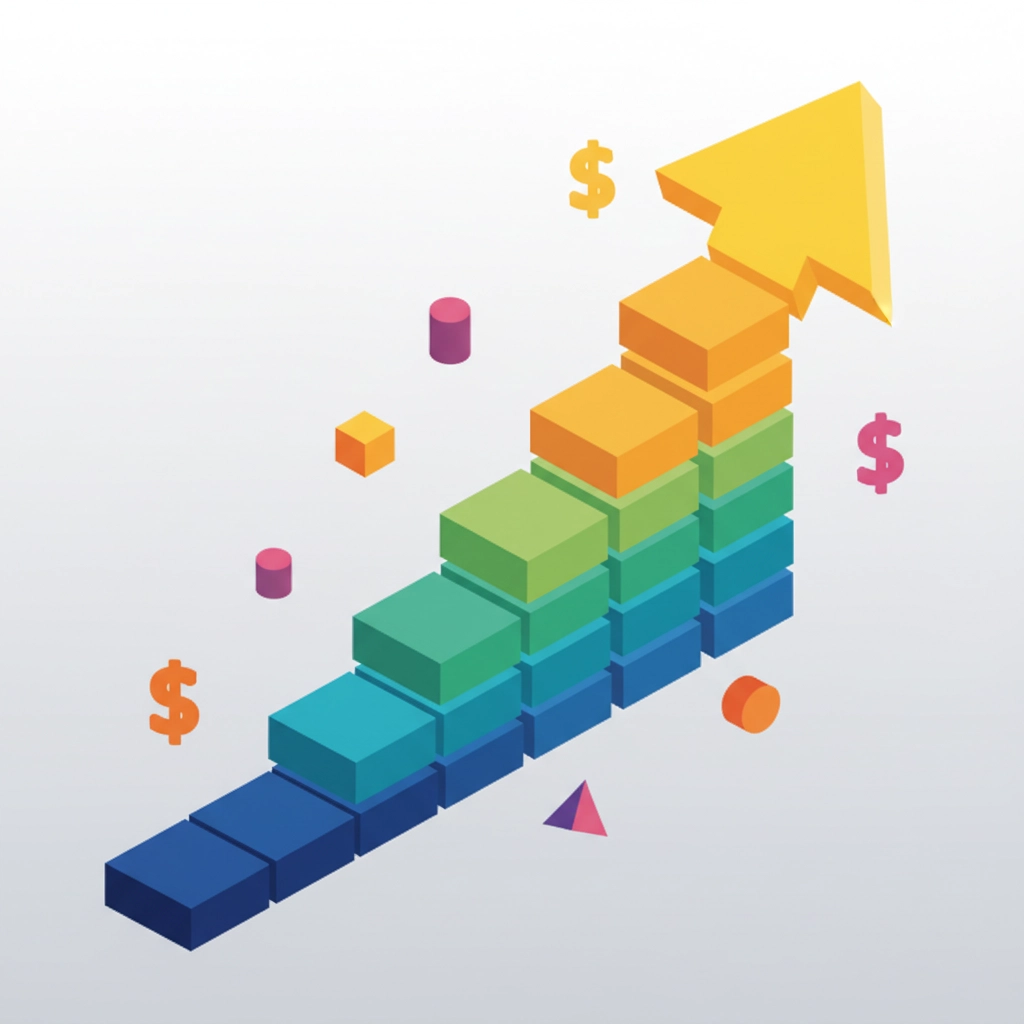
Direct Sales Generation and Lead Conversion
Beyond brand awareness, paid social platforms excel at driving specific customer actions. You can promote special events to local enthusiasts, advertise seasonal services to homeowners in your coverage area, or run retargeting campaigns that reconnect with website visitors who didn’t make initial purchases.
These promotional campaigns often generate immediate results. A local restaurant running weekend specials through Facebook ads can track reservations directly to specific campaigns. A landscaping company advertising spring cleanup services can measure phone calls generated by each ad variation.
The ability to directly connect advertising efforts to measurable business outcomes provides the accountability small business owners need when making marketing investments. You’re not just building awareness: you’re driving revenue that can be tracked and optimized.
Competitive Necessity in the Digital Marketplace
Your competitors are already using paid social advertising to capture market share. While you debate whether to invest in paid promotion, they’re systematically reaching your potential customers with targeted messages that drive business results.
The businesses investing in paid social strategies now gain significant advantages over competitors still relying solely on word-of-mouth or traditional advertising methods. In an increasingly crowded digital marketplace, visibility determines success, and visibility requires paid promotion.
Small businesses that recognize this opportunity and act quickly can establish market position before competitors adapt. The cost of entry remains low, but the competitive advantages compound over time as you build audience data, optimize campaigns, and establish brand presence.
Getting Started: Your Practical Action Plan
Ready to harness the power of paid social advertising? Follow these essential steps to launch your first successful campaigns:
1. Choose Your Primary Platform
Start with one platform where your target customers spend time. Facebook and Instagram work well for most local businesses, while LinkedIn suits B2B companies and TikTok appeals to younger demographics.
2. Define Your Objective
Choose specific goals: brand awareness, website traffic, lead generation, or direct sales. Each objective requires different ad formats and targeting strategies.
3. Set Your Budget
Begin with $10-20 per day to test campaigns and gather data. You can always increase spending on successful campaigns.
4. Create Compelling Ad Content
Use high-quality images or videos that showcase your products or services. Write clear, benefit-focused copy that encourages specific actions.
5. Target Your Ideal Customers
Start with basic demographic and geographic targeting, then refine based on performance data. Avoid overly narrow targeting that limits reach.
6. Monitor and Optimize
Check campaign performance daily for the first week, then weekly ongoing. Pause poor performers and increase budgets for successful ads.
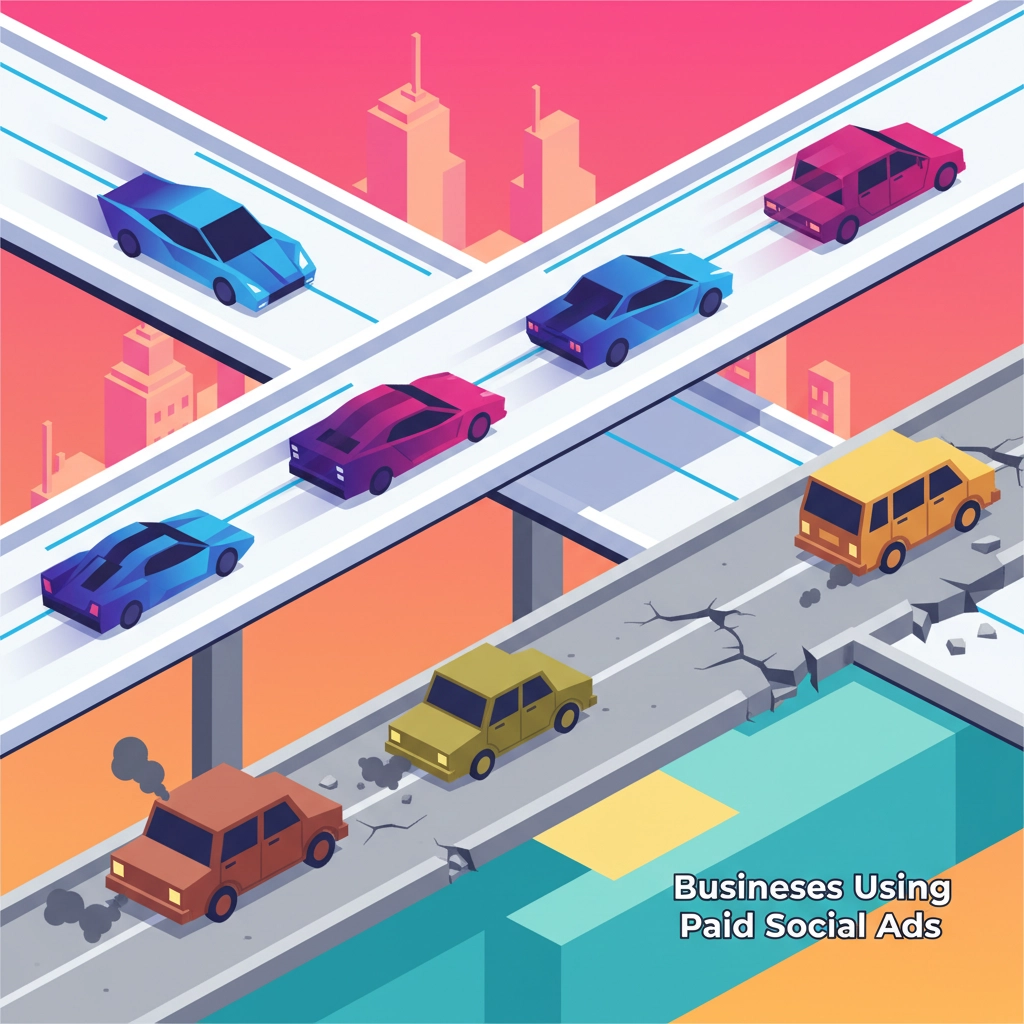
Common Mistakes That Waste Your Budget
Avoid these critical errors that drain advertising budgets without generating results:
- Targeting too broadly or too narrowly: Find the sweet spot that reaches qualified prospects without wasting impressions
- Using poor-quality images or videos: Professional visuals significantly impact performance and cost-per-click
- Ignoring mobile optimization: Most social media users browse on mobile devices
- Not testing multiple ad variations: A/B testing reveals which messages resonate with your audience
- Focusing only on likes and shares: Prioritize metrics that directly impact business goals
- Abandoning campaigns too quickly: Allow sufficient time and budget for platforms to optimize delivery
The Time to Act Is Now
Paid social media advertising represents the most accessible and effective way for small businesses to compete in today’s digital marketplace. The combination of declining organic reach, precise targeting capabilities, budget flexibility, immediate results, and competitive necessity makes it clear that successful businesses must embrace paid promotion strategies.
The businesses starting now with modest budgets and clear goals will build valuable audience data, optimize their approaches, and establish market position while competitors hesitate. Every day you delay is another day your competitors capture potential customers through strategic paid advertising campaigns.
The investment in both time and money is justified by the potential returns in an increasingly digital marketplace where visibility determines success. Your business deserves the same powerful marketing tools that major corporations use: and paid social advertising provides exactly that opportunity.
Want help growing your business with paid social ads? Email robert@digitaltrafficfactory.com or call 203-217-9496 and let’s build your strategy together!
